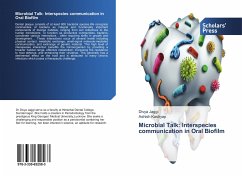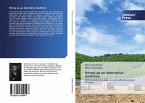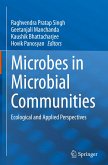Dental plaque consists of at least 800 bacterial species.We recognize communities of bacteria as integral and functionally important components of diverse habitats, ranging from soil collectives to the human microbiome. To function as productive communities, bacteria coordinate various interactions , often requiring shifts in growth and development. . These interactions occur at several levels including physical contact, metabolic exchange, small-signal molecule-mediated communication, and exchange of genetic material. This high level of interspecies interaction benefits the microorganism by providing a broader habitat range, effective metabolism, increasing the resistance to host defence, and enhancing their virulence. This generally has a detrimental effect on the host and is attributed to many chronic infections which poses a therapeutic challenge.








